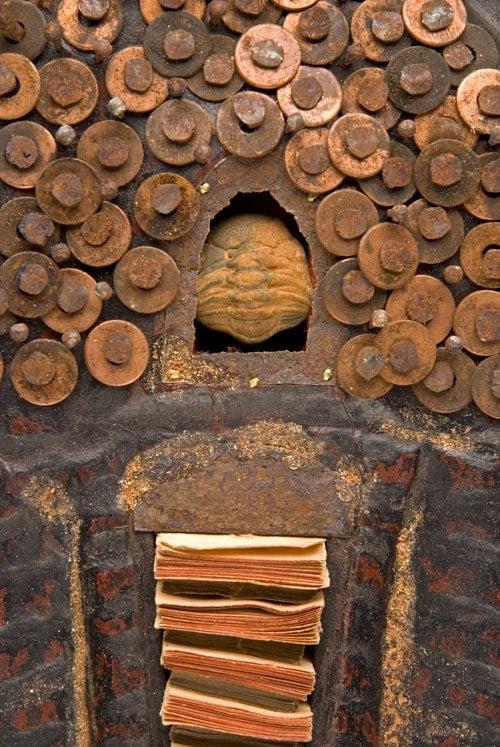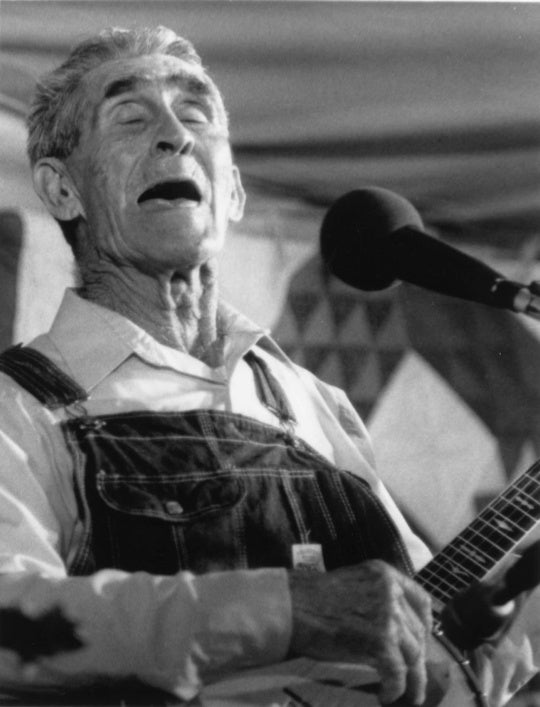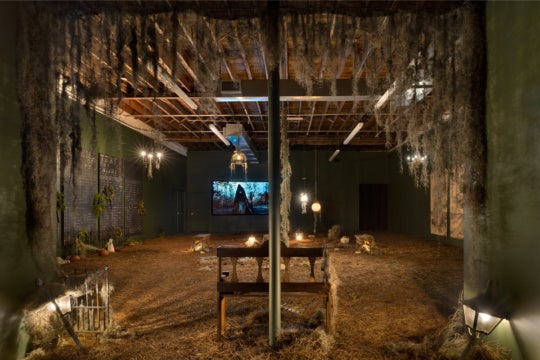
Seven years ago, arts critic Rebecca Dimling Cochran was beside herself, navigating the first National Critics Conference in Los Angeles. Presented by the Annenberg School for Communication and Journalism at the University of Southern California, as well as several professional associations for critics in music, theater, and the arts, the gathering marked a turning point for Cochran’s view on the culture of art writing.
“I found it incredibly important professionally. Arts writing is a very solitary endeavor. For me to sit down with people from Chicago, Boston, and California who were experiencing the same things I was—it was inspiring in many ways,” Cochran says. She wanted a repeat. Cochran approached the International Association for Art Critics (AICA), wondering when an event like that would happen again. It wouldn’t—not really.
“They were more interested in doing these regional events,” Cochran says. “I said ‘Fabulous, when are you going to come down to the Southeast?’ They said, ‘When somebody like you decides to organize it for us.’”
As a freelance critic who has contributed to national publications such as Art in America, as well as Atlanta’s own ArtsATL.com, Cochran was initially uncertain about taking on the role of event planner. But her passion for the scene won out.
“There has been an explosion of art being created in Atlanta. There are people exploring and experimenting all over the place—there’s really a building of an arts community here. There’s also an explosion of new writers who could probably also benefit from this kind of event as much as I could.”
So for the first time, this weekend marks Off/Center: Art Writing from the Regions, a symposium on writing in the visual arts—all of it—arts journalism, criticism, interviews, catalogs, print, online. Taking place at Emory University September 20–22, the event features keynote speaker Lindsay Pollock, editor of Art in America; panels including writers, artists, and curators; as well as a day of exploration. That’s right: pre-registered attendees to the conference will receive a locally guided tour of one of Atlanta’s art-centric neighborhoods, plus hear presentations by Flux Projects, Atlanta Celebrates Photography, and the High Museum.

In Cochran’s welcome letter to participants, published on the event’s website, she wrote that the symposium was crafted for those “who are interested in hearing how publishers, editors, and writers are working to highlight visual art created outside commercial art centers on a local, national, and international level.” So it is not without a bit of irony and a great deal of malaise that this major conversation on the future of arts writing is taking place at Emory, a liberal arts institution that just last week announced the planned ending of their visual arts department and journalism program.
Echoes of the past reverberate with news like this. We recall the early days of a plummeting economy, when magazines were losing pages, and staff positions became a luxury. The at-times uncertain future of arts journalism has been a dominant topic for years at many a conference. But what’s more interesting, Cochran notes, is the variation in multiple website formats—those that have been around for a while and new ones popping up, all catering to different aspects of the arts writing conversation.
Arts website publisher reflects on regionalism
It is fitting, then, that among the many talented professionals sitting on panels this weekend, Rainey Knudson, founder and director of the nonprofit online magazine Glasstire will be in attendance. Glasstire launched in 2001, covers the entire state of Texas, and recently, Southern California. She plans to discuss her work at the noted journal, which is one of the oldest arts websites in the country. And she definitely plans to weigh in on the idea of art writing as a regional pursuit.
“I hate that word,” Knudson says. “I think regionalism as an idea is entirely defensible and a good thing. But when you hear the term regionalism, what people really hear is provincialism, and more specifically, not-New-York-ism. The truth is, everywhere in America is a region including New York—writers in New York are covering a region.” She goes on, “This notion that if you don’t live in New York or even Los Angeles, that somehow you’ve screwed up or you can’t cut it—it fails to acknowledge what’s wonderful about regional differences.”
Coming from a print magazine background that highlighted Dallas and Houston, Knudson quickly saw the “cross-pollination” among artists throughout Texas. “There were artists in Houston who were exhibiting in Dallas and curators in Austin who were showing artists from San Antonio. It was one, big, loosely organized art scene, I felt.”
At a time when launching a new print magazine wasn’t as treacherous as it sounds today, Knudson thought a website just made better economic sense. The idea to expand to another market had been ruminating for years, Knudson says. The Los Angeles area was a good fit given one editor’s fellowship at USC, associations with the Annenberg school, and, Knudson says, the fact that many Texans relocate to Southern California. And then there’s the art.
“LA is in many ways the most exciting art city in the country right now, in terms of the artists working there. The museum scene is a mixed bag. But I felt like LA—like everywhere, quite frankly—needed more coverage. Everywhere needs more arts journalism.”
High hopes for growth
More coverage in Atlanta, and more coverage of Atlanta artists and art happenings on a broader scale, is just what Cochran wants from this symposium. “My huge hope is that writers in Atlanta have an opportunity to expand the outlet for their writing. We are good at the local thing. I think we need to take that to the next step and expand to national and global. And we as critics can help the artists and institutions expand their audience.”
The ecosystem Cochran describes, where artists create work and writers publish content that allows audiences to experience that work, is becoming increasingly decentralized in Knudson’s view. “When I started out, I don’t think there was a general perception that interesting art could be made anywhere, that artists could live anywhere, and I think that has changed because of art fairs and the internet,” Knudson says.
Atlanta is certainly one of those places where art and art writing thrives. If Cochran has her way, Off/Center will help push the momentum forward. As it stands now, Knudson doesn’t have a definitive way of describing Atlanta’s art scene. More than ten years have passed since she’s visited the city where she once considered launching a new publication. “I’m very excited to have the opportunity to freshen up my knowledge of the art scene there,” Knudson says.
Says Cochran, “I wanted this to be a chance to show off our city.”
Pre-registration is now closed.
Thursday, September 20: Keynote, Lindsay Pollock, Art in America. Free and open to the public.
Friday, September 21: (walk-up registration welcome) Conference panels.
See the symposium website for more details.




